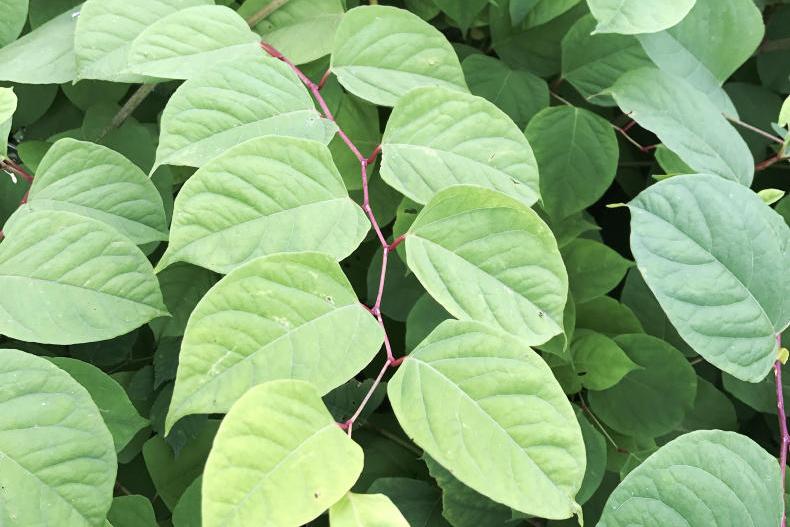As county councils around Ireland cope with the increasing volume of complaints about Japanese knotweed, the financial and social impact of the weed is beginning to hit agriculture.
With waterways and roadways seeing the greatest impact of the invasive plant, it is clear the weed is making its way on to Irish farms.
Glynn McKenna, a beef farmer from Longford, is one farmer who has been affected by Japanese knotweed.
“I don’t know how it got there to be honest. I am lucky in so far as I was able to identify the plant early and contact the council about it. I was also able to put a plan in place to restrict and contain it,” he explained.
The aggressive nature of the plant was not lost on McKenna, however, and even when care is taken, one mistake can be deadly.
“I got a neighbour to come in and do a bit of work for me with a digger. There was maybe three or four plants of knotweed but after that it spread around to about a 10- to 15-metre linear ditch,” he continued.
“I am very cautious now. I was supposed to reseed ground but that was stopped for fear of spreading. I have a cattle crush near the plants and if I can’t get rid of it soon it may damage the crush.”

Spread of knotweed in Ireland from 1980 to 2016.
Planning
Knotweed spreads easily and it can also decrease the price of land. If it is identified near a planned building site, planning permission and a mortgage can be denied.
If a farmer knowingly cuts knotweed, they are in breach of EU birds and habitats directive and can be prosecuted.
Steps to combat the plant are as follows:
Never cut the weed.If you are walking in an area of Japanese knotweed, wash your footwear and clothes as you can spread it.If it is on your farm, fence around it.If you recognise it, take a picture and send it to your local authority or environmental agency, such as Envirico.If this is identified as Japanese knotweed, they will advise you on what to do.Do not treat it yourself. This weed should be treated by professionals at certain times of the year.
As county councils around Ireland cope with the increasing volume of complaints about Japanese knotweed, the financial and social impact of the weed is beginning to hit agriculture.
With waterways and roadways seeing the greatest impact of the invasive plant, it is clear the weed is making its way on to Irish farms.
Glynn McKenna, a beef farmer from Longford, is one farmer who has been affected by Japanese knotweed.
“I don’t know how it got there to be honest. I am lucky in so far as I was able to identify the plant early and contact the council about it. I was also able to put a plan in place to restrict and contain it,” he explained.
The aggressive nature of the plant was not lost on McKenna, however, and even when care is taken, one mistake can be deadly.
“I got a neighbour to come in and do a bit of work for me with a digger. There was maybe three or four plants of knotweed but after that it spread around to about a 10- to 15-metre linear ditch,” he continued.
“I am very cautious now. I was supposed to reseed ground but that was stopped for fear of spreading. I have a cattle crush near the plants and if I can’t get rid of it soon it may damage the crush.”

Spread of knotweed in Ireland from 1980 to 2016.
Planning
Knotweed spreads easily and it can also decrease the price of land. If it is identified near a planned building site, planning permission and a mortgage can be denied.
If a farmer knowingly cuts knotweed, they are in breach of EU birds and habitats directive and can be prosecuted.
Steps to combat the plant are as follows:
Never cut the weed.If you are walking in an area of Japanese knotweed, wash your footwear and clothes as you can spread it.If it is on your farm, fence around it.If you recognise it, take a picture and send it to your local authority or environmental agency, such as Envirico.If this is identified as Japanese knotweed, they will advise you on what to do.Do not treat it yourself. This weed should be treated by professionals at certain times of the year. 






SHARING OPTIONS